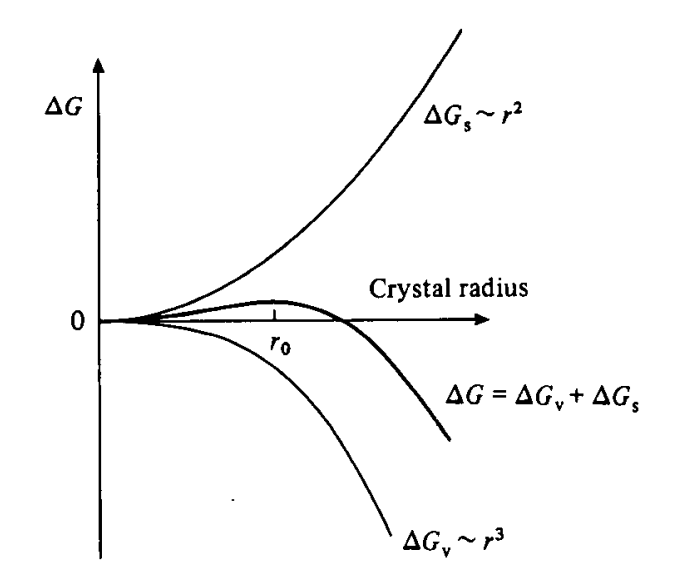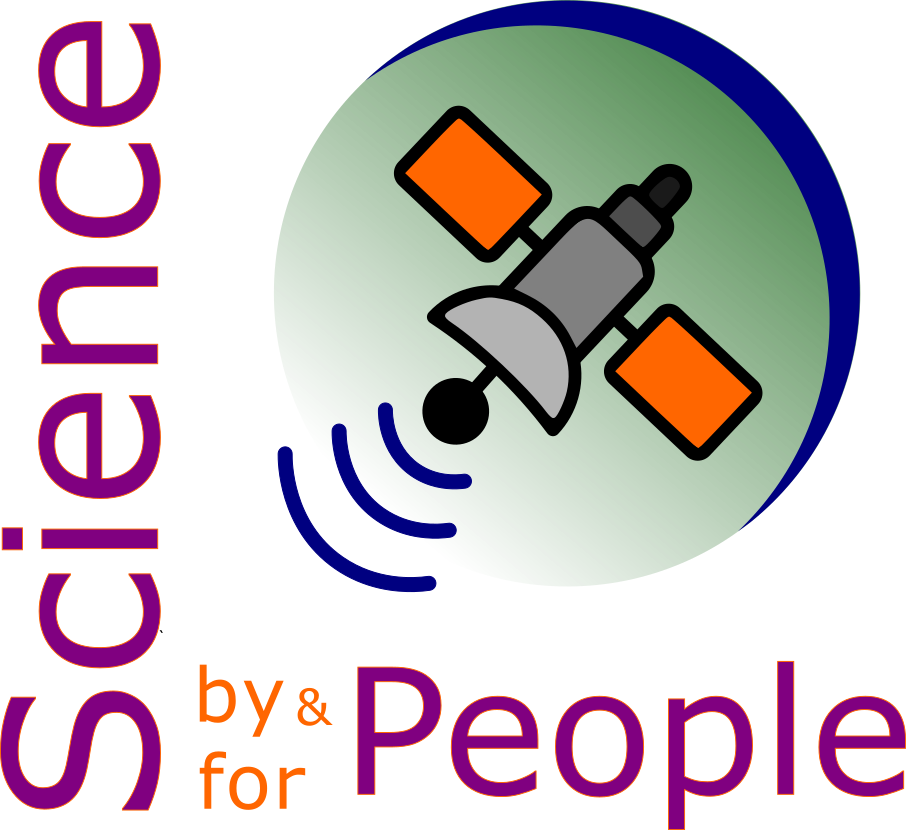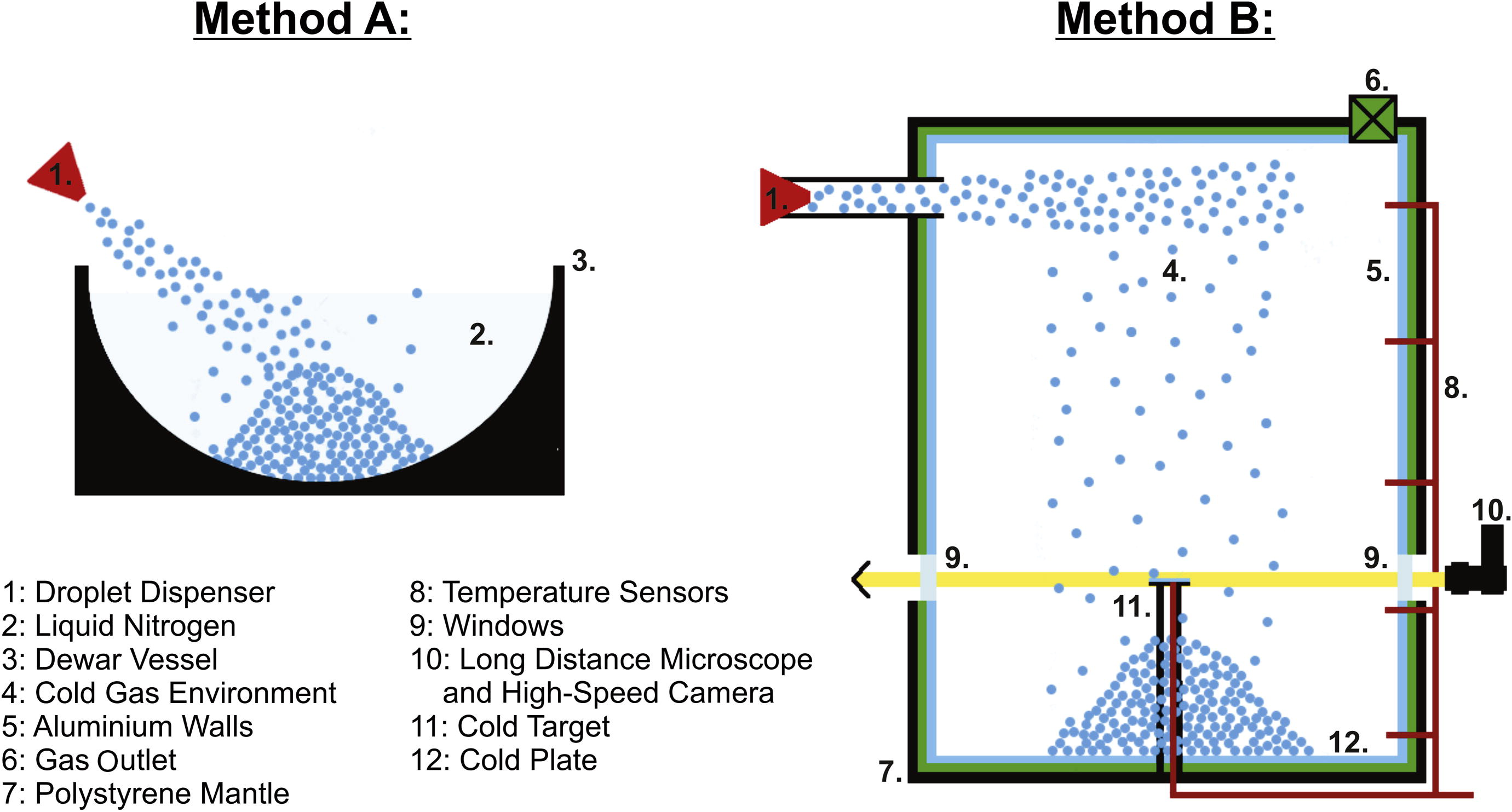Hyperquenched Glassy Water#
Hyperquenched Glassy Water
1 of the 5 polyamorphous form of amorphous water ice.
Obtained for the extremely rapid cooling of water dropplets. Different techniques are available to achieve that goal:
- 1
- 2
- …
Nobel Price awarded to Jacques Dubochet …
Production methods:#
Plunge cooling method#
- [] - Review
» Cryo Electron microscopy #
Left paragraph is an introduction to the peers of the vitrification process … Before their time water was an issue for studying biological systems under a microscope because it evaporates in the vacuum of the microscope. However
- Freeze fracture
- Freeze drying
- Freeze substitution were used but always resulted in dry specimens, hence removing insights into the hydrated state of biological samples.
Note
For nearly thirty years Fernandez-Moran was the active advocate of cryo-electron microscopy (Fernandez-Moran, i960, 1985). In practice the results were mediocre. It required the work of Nigel Unwin and his colleagues at Cambridge, who introduced a whole new way of thinking towards electron microscopy, and which resulted in the now historical article on catalase and purple membrane (Unwin & Henderson, 1975), and that by Bob Glaeser and the Berkeley group who first quantified beam damage (Glaeser, 1971), to put cryoelectron microscopy on its tracks. The break-through came in 1974, only a few months after Parsons’ group publication on catalase in water. Taylor & Glaeser (1974) showed that, in the frozen state, the structure of catalase crystals can be preserved to atomic resolution.
Water crystallizes upon cooling and ice is very different from liquid water
**New ideas are needed **
- idea of vitrification (Luyet & Gehenio, 1940)
Abandonned because discovery of
- cryoprotecting effect of glycerol (Polge et al. 1949;
Idea that vitrification of water is impossible, only minimum growth can be achieved (insert Dubochet quote)
…
- Innsbruck []
- Heidelberg [Dubochet and McDowall, 1981]
In thin film method, dubochet confess that the proximity of the sample with a surface can have some influence (definitely have for us)
Sample history
» Other #
- Scihub link Thick Glassy Water by Liquid Quenching on a Diamond Wafer
Question Giulia
Diamond wafer - highest thermal conductivity of all materials
- To check
- Can we manufacture a mould using FIB technique ?
Note
current production method leads to crystaline ice
4.2. Theorie of cooling#
Note
Paragraph on the Theory of cooling will be implemented later, or should go into the intro ?
» Nucleation theory #
Nucleation theory []
Free energy ΔG #
Free energy ΔG = ΔGv + ΔGs
- Volume / Surface

Fig. 71 source:#
- Homogeneous nucleation temperature: To - No absolute value (dependant on experimental conditions)
- Glass Temperature: TG viscosity of liquid water becomes so large that all rearrangements, including the formation of nuclei, are essentially stopped
- Devitrification Temperature: TV
- Heterogeneous nucleation temperature: TE
» Crystal growth #
Once nucleation has occured, crystal growth occur very rapidly. However the process release energy, hence freezing cannot proceed to an end before the heat is dissipated.
- Crystal growth is therefore based on the dynamic equilibrium between heat production and dissipation at the crystal surface
Note
Presence of a solute changes the freezing conditions.
» Cooling rates and Mechanism of heat dissipation #
- [] - influence of film boiling on cooling –> need good heat dissipation medium
» Cryo-liquid comparison #
- []
- [Bald, 1984]


